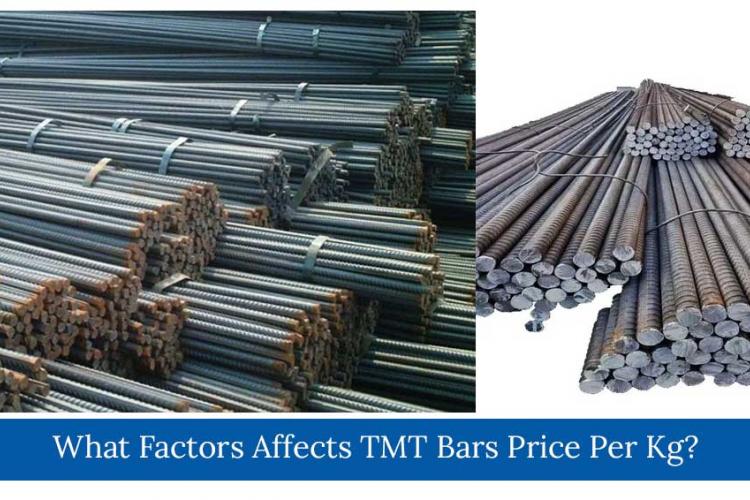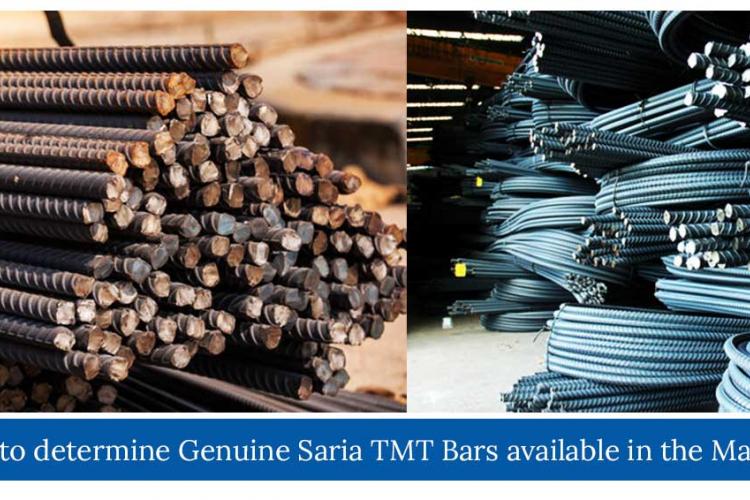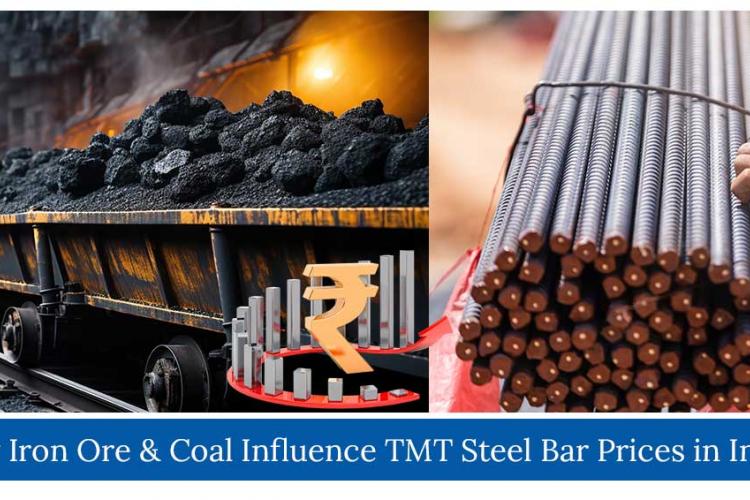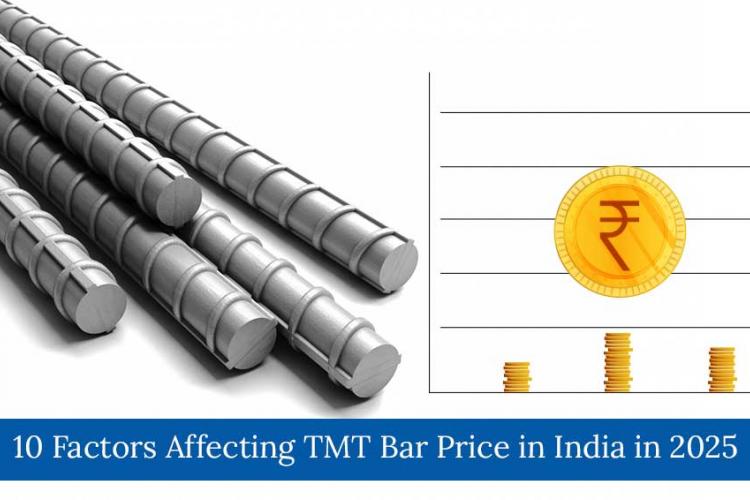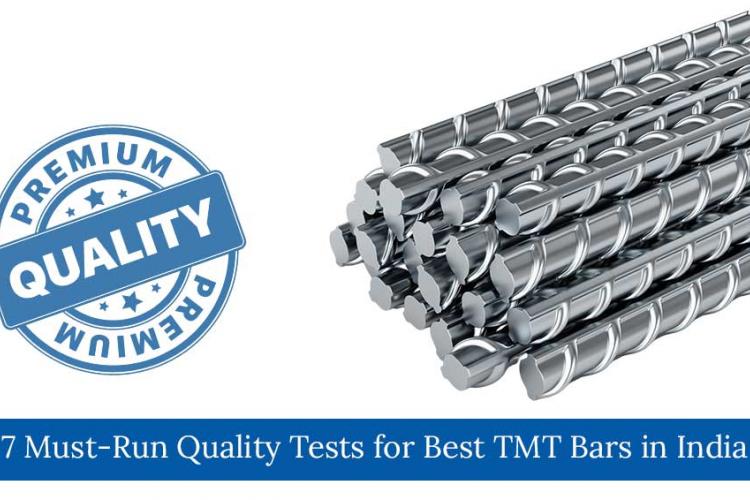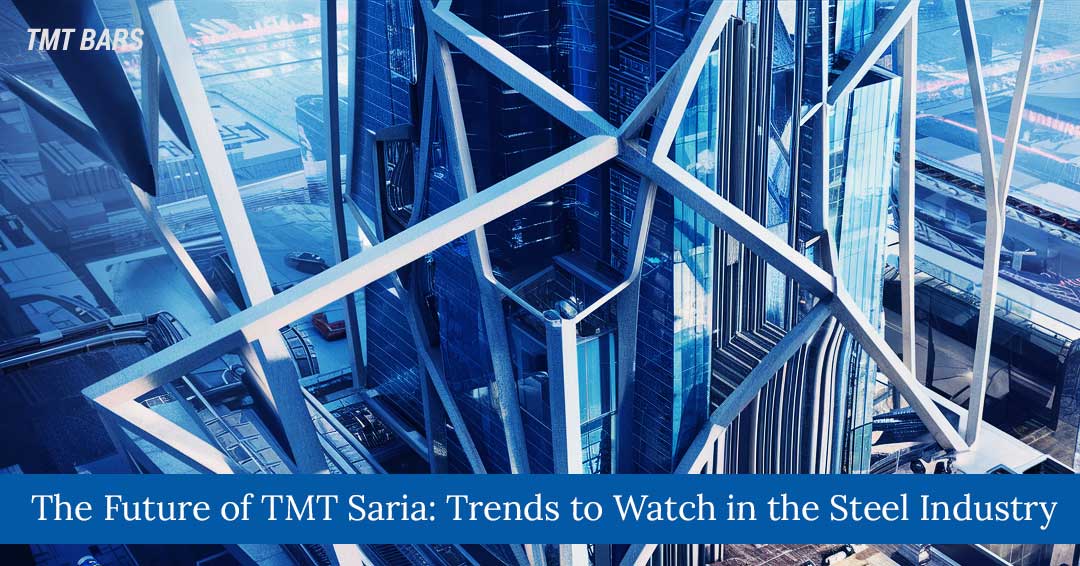
The Future of TMT Saria: Trends to Watch in the Steel Industry
The steel sector has seen a whirlwind expansion over the last couple of years, and one of the leading brands in modern-day construction is TMT Saria (Thermo-Mechanically Treated Steel Bars). They are the core of adding strength, endurance, and elasticity to concrete buildings. As we plan for the future, the business of TMT Saria is poised to go through a canvas of innovations and technological upsurges that will shape the way we build and construct houses, roads, and other infrastructures.
In this blog, we will be discussing the emerging technologies in the production of TMT Saria, possible innovations that can revolutionize the business, and the future predictions of the TMT Saria market in the coming decade.
Emerging 5 Technologies in TMT Saria Production
1. Automation in Manufacturing
Automation is among the most significant trends revolutionizing TMT Saria production. With the incorporation of superior robots and artificial intelligence-driven systems, steel manufacturers can achieve greater precision in the process. Automation reduces human errors, ensures consistency in bar quality, and boosts productivity. With more automation, the efficiency of TMT Saria production will significantly improve.
2. Electric Arc Furnace (EAF) Technology
Electric Arc Furnace technology allows for producers to be able to efficiently melt scrap steel, using lower amounts of energy compared to normal blast furnaces. EAF technology also offers better-quality steel with fewer impurities. It is expected that the technology would contribute to more sustainable TMT Saria production through reduced carbon emissions and lower energy consumption.
3. Induction Heating Technology
Induction heating is a leading technology employed in TMT steel bars to enhance the uniformity and quality of the bars. Induction heating ensures that the TMT bars are evenly heated, enhancing the mechanical properties of the steel. It also saves energy by providing concentrated heat without the need for external energy sources. As the induction heating technology advances, we can look forward to more energy-efficient and durable TMT Saria products.
4. Advanced Rolling Mills
The latest innovation in rolling mills has made it possible for TMT Saria to be produced with a more controlled and accurate thickness, thereby offering greater strength and ductility. The mills are fitted with computer-controlled systems that monitor and regulate the whole production process, allowing for greater quality and productivity. With advancements in these mills continuing, the quality and performance of TMT Saria will continue to improve.
5. Smart Sensors for Quality Control
Use of smart sensors and IoT has gained popularity among the steel-making industry. The sensors monitor the critical parameters of temperature, pressure, and chemical composition in real time as the TMT Saria is being made. Incorporation of this technology ensures improved quality, eradicates faults, and increases the overall reliability of the steel bars.
Future 5 Innovations in TMT Steel Bars and Their Impact on Construction
1. Self-Healing TMT Saria
In the future, we can expect to see the development of self-healing TMT steel bars. The steel bars will be embedded with unique polymers or materials that have the capability of healing automatically. This will contribute greatly to increasing the lifespan of structures and will minimize maintenance costs, saving money and time in the long run.
2. Corrosion-Resistant Coatings
Corrosion is one of the biggest issues faced by TMT Saria in the construction industry. Future technology will be accompanied by sophisticated coatings that will make TMT Saria highly corrosion-resistant, particularly in harsh conditions like coastal regions. These coatings will enhance the life of buildings, reducing repair and maintenance costs due to rusting and corrosion.
3. High-Strength, Low-Alloy TMT Saria
Future TMT bars can be of high-strength, low-alloy composition that is more resistant to stress and strain. These bars will be especially useful in heavy structures, such as bridges, dams, and industrial buildings, where tensile strength is crucial. The higher strength-to-weight ratio will lead to light and less expensive construction material.
4. Eco-Friendly TMT Steel
Sustainability is going to be the future of TMT Saria. There will be the need to integrate green technology to reduce carbon impressions during production. Eco-friendly TMT Saria will be made from recycled steel and will have lower energy demands during production. This will ensure that the building construction industry is sustainable while providing assurance that structures remain stable and long-lasting.
5. Smart TMT Saria with Embedded Sensors
Smart TMT bars with integrated sensors will feed in real-time data regarding the status of the building, like stress, strain, and temperature. This way, engineers can constantly monitor the integrity of the building and find damage or signs of failure before it happens. Including these sensors within TMT Saria will secure the longevity and safety of buildings and limit possibilities for life-threatening structural collapse.
5 Predictions for the TMT Saria Market in the Next Decade
1. Increase in Demand for High-Grade TMT Bars
As the building and construction industry is also moving towards much more robust and durable buildings at a very fast rate, demand for better quality TMT bars will rise even higher. Construction builders will opt for the best Saria in India with higher tensile strength, elasticity, and natural disaster resistance. High-performance TMT bars will become the standard in home as well as commercial construction projects.
2. Market Consolidation
In the next decade, we are going to see mounting consolidation of the TMT Saria marketplace because smaller businesses will be absorbed or merge with other larger, better-established enterprises. This will result in further concentrated production and innovation from fewer larger brand labels dominating the market.
3. Sustainability and Green Steel
With growing green sentiments, the TMT Saria market will see a sudden shift towards green production processes. Organizations will increasingly rely on green approaches, such as the utilization of recycled steel and carbon reduction, both due to regulatory needs and consumer demand for green products.
4. Global Expansion of Indian TMT Brands
Indian TMT Saria manufacturers will fly their wings across Asia, Africa, the Middle East, and other parts of the world. With the quality and innovation of manufacturing TMT increasing, Indian brands will become more and more known in terms of providing the best Saria in India and gain leadership in the international market.
5. Technology-Driven Customization
The future of TMT Saria will mostly be about customization, where manufacturers provide customized solutions for particular construction requirements. If it is for high-rise buildings, bridges, or houses in coastal areas, TMT bars will be customized to perform optimally, and it will become convenient for builders to choose the correct material for their construction.
The future of TMT Saria is full of new solutions that will revolutionize the construction industry. With developments in technology, the focus on sustainability, strength, and performance, TMT steel bars will continue to be the pillar of infrastructure. With the evolving market, it is crucial that contractors and builders maintain contact with these advancements and use the best material to make their buildings long-lasting and safe.


